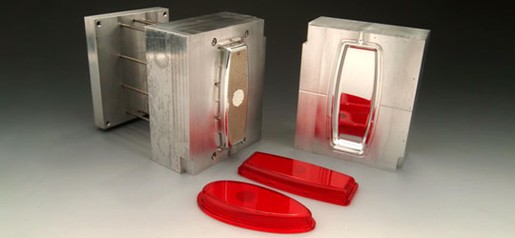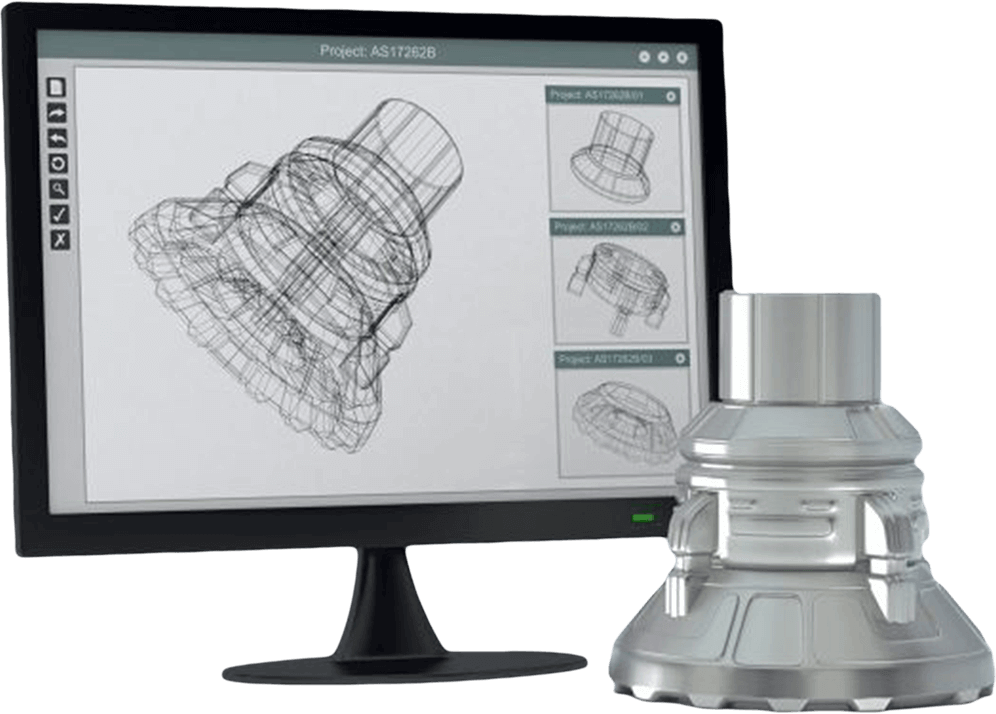Prototype & Low/Mid-Volume Injection Molded Parts
Request a Quote
40+ years of experience

ITAR Registered

ISO9001: 2015 Certified
About Prototype & Low/Mid-Volume Parts
Prototype Injection Molding: The primary goal of prototype molding is to quickly produce a small number of parts for testing and validation during the design and development phase. It helps engineers and designers assess the form, fit, and function of the parts before moving to mass production.
Low/Mid-Volume Injection Molding: This process is geared towards producing a moderate quantity of parts for limited-scale production. It is used when the demand for parts is higher than what prototype molding can handle but doesn’t justify the costs and time associated with high-volume production.

Prototype Injection Molding vs Low/Mid-Volume Injection Molding
Quantity: Typically involves producing a small quantity of parts, ranging from a few units to a few hundred. The focus is on rapid prototyping and quick iterations.
Lead Time: Quick turnaround is a key characteristic of prototype molding, allowing designers to rapidly iterate and test different design variations.
Costs:Prototyping molds are generally less expensive than production molds, but the cost per part may be higher due to the limitations of the mold material and the smaller quantities produced.
In summary, prototype injection molding is focused on quickly producing a small number of parts for testing and iteration, while low/mid-volume injection molding is used for limited-scale production where quantities are higher than prototypes but do not justify the costs of high-volume production.
Quantity: Involves producing a higher quantity of parts compared to prototypes but still falls within a range that is considerably lower than what is required for mass production. Quantities may range from a few hundred to several thousand parts.
Lead Time: While still faster than high-volume production, the lead time for low/mid-volume molding may be longer due to the more complex and durable tooling required for larger quantities.
Costs:The cost per part is typically lower than in prototype molding, but the initial tooling costs are higher. This is because the molds are more robust and capable of handling larger production volumes.
In summary, prototype injection molding is focused on quickly producing a small number of parts for testing and iteration, while low/mid-volume injection molding is used for limited-scale production where quantities are higher than prototypes but do not justify the costs of high-volume production.
Other Injection Molding Services
High-Volume Production Parts
When the need is for 100,000 to Millions of parts, TenX has the capacity to accommodate your injection molded needs. Learn MorePrototype Tooling
Class 105 & 104 Injection Mold Tooling built to satisfy both prototypes & low/mid-volume injection molded part requirements. Learn MoreProduction Tooling
Injection Mold Tool classes 103, 102 & 101 built for various levels of production; expected tooling shot life ranging from 100,000 to Millions of cycles. Learn MoreNeed a quote?
Use our quote form. Upload your files and tell us your project details.
Request a Quote